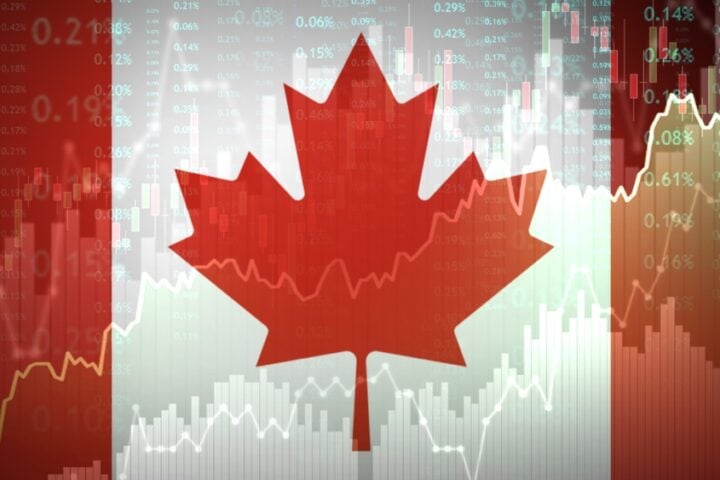U.S. consumer prices continued their steady climb in October, driven primarily by higher shelter costs, including rent and lodging. According to the Labor Department’s latest report, the Consumer Price Index (CPI) rose 0.2% for the fourth consecutive month, meeting economists’ expectations. The data suggests that while inflation has cooled from its highs, progress has slowed, potentially limiting the Federal Reserve’s ability to cut interest rates next year.
Shelter and Core Inflation Remain Stubborn
A significant portion of October’s CPI increase came from a 0.4% rise in shelter costs, which followed a 0.2% gain in September. The cost of hotel and motel rooms added to the pressure, rising by 0.5%. These factors contributed to the underlying inflation that remains “sticky,” with core CPI (which excludes food and energy) up 0.3% for the third month in a row. On an annual basis, core inflation rose 3.3%, matching September’s figures.
Michael Pugliese, a senior economist at Wells Fargo, highlighted the shift in inflation dynamics: “Progress on inflation has started to stall. The time is fast approaching when the Fed will signal that the pace of rate cuts will slow further, perhaps to an every-other-meeting pace starting in 2025.”
Broader Economic Pressures and Market Reactions
The report arrives amid a backdrop of economic and political changes. Frustration over inflation played a significant role in propelling Donald Trump to victory in last week’s presidential election, defeating incumbent Vice President Kamala Harris. Trump’s proposed economic policies, including tax cuts and tariffs, are expected to fuel inflation in the coming year, according to economists. Mass deportation plans could further strain labor supply, potentially driving up costs for businesses.
Richard de Chazal, macro analyst at William Blair, cautioned, “Many of these policies are more inflationary than deflationary, at least in the very near term. The risk this time around is that consumers’ willingness and ability to absorb another round of inflation is much more fragile.”
Market Movements Reflect Inflation Concerns
Following the release of the inflation report, U.S. Treasury yields initially dipped but soon reversed course, reflecting continued investor caution. The 10-year Treasury yield, which influences mortgage rates and other borrowing costs, surged, while the dollar reached a 6-1/2-month high against major currencies. Stocks on Wall Street were mostly higher, signaling that equity investors remain resilient despite inflationary pressures.
Financial markets are still betting on the Fed to lower rates at its upcoming December 17-18 meeting, with an 82.3% probability for a 25 basis point rate cut. However, this is tempered by a cautious outlook for further cuts in 2025, as economists observe persistent inflationary elements.
Mixed Signals from Various Sectors
Food prices increased by 0.2% in October, down from September’s 0.4% gain. Grocery prices saw modest rises in bread, dairy products, and produce, offset by declines in meat, poultry, and fish. Egg prices notably plunged 6.4%. Energy prices offered mixed results; while gasoline fell by 0.9%, electricity surged 1.2%, and natural gas edged up by 0.3%.
Other areas showed mixed trends. Used car prices rebounded with a 2.7% jump, the largest since May 2023, while apparel prices dropped 1.5%, marking the biggest decrease since May 2020. Overall goods prices remained unchanged.
The Fed’s Dilemma: Balancing Act Ahead
The Fed has aggressively raised rates by 525 basis points across 2022 and 2023 to curb inflation, following an initial half-percentage-point rate cut in September 2024. Although inflation has come down from its peak of 9.1% in June 2022, it remains above the Fed’s 2% target. The October CPI data showed that annual inflation edged up to 2.6% from 2.4% in September, driven by a low base effect from the previous year.
Conrad DeQuadros, senior economic advisor at Brean Capital, emphasized the challenge facing policymakers: “This lack of progress in reducing core inflation should raise concern among policymakers that further progress towards the 2% inflation target may have stalled out and policy may not be as restrictive as the majority at the Fed thought.”
October’s CPI report underscores the challenge of achieving sustained progress toward lower inflation, even as the Federal Reserve continues its easing cycle. With potential inflationary pressures stemming from Trump’s upcoming policies and ongoing labor market shifts, the Fed may find itself in a position where it must adjust its approach. While a rate cut is likely in December, expectations for additional cuts in 2025 may need to be recalibrated as policymakers and markets watch for new developments.







